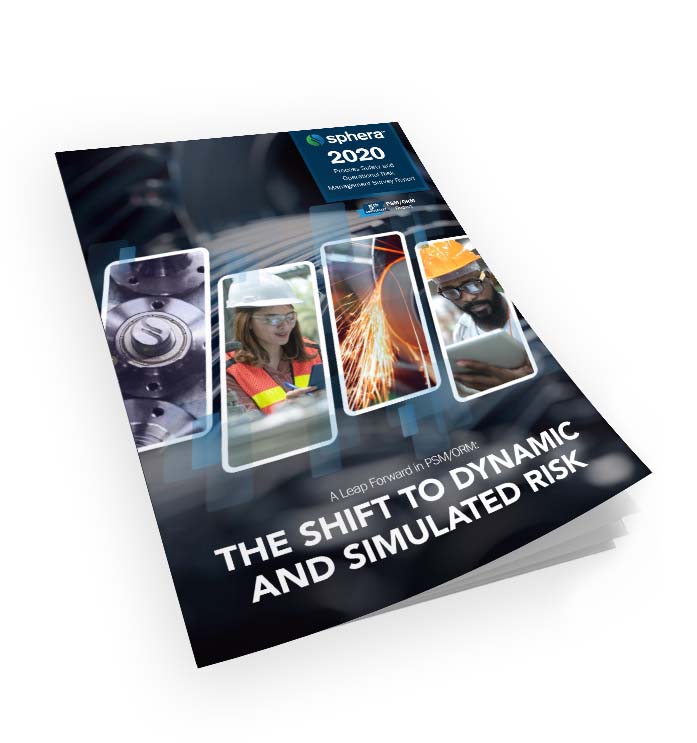We are in the midst of unprecedented times brought on by a global pandemic and a significant drop in oil prices. Resilience is more important than ever before. With all these changes, the fundamental need for effective management of safety, productivity and dynamic risk has never been more important. These challenges, have, however, given companies the impetus and time to consider the need for technologies to help achieve operational resilience.
With all that’s happening in the world, the time could not be better for a Digital Transformation. So how can digitalization improve Safe Operations?
Top Eight Ways Digitalization Can Improve Safe Operations:
1. Driving policy into practice, standardizing work scope and being able to track and catalog hazards and mitigation processes through digital libraries of reusable, approved content.
2. Maintaining compliance. With digital technologies, “workflow” compliance becomes inherent. Software can drive your defined mandatory approval flow. It represents an opportunity to focus less time on finding approval shortcut practices in the field and more time on improving the quality of what is done, including Task Risk Assessments.
3. Creating digital workflows that can also force critical control checks. For example, checking for acceptable gas test results for hot work before the permit can be issued; or checking for fully in place and verified energy-free isolations before permits that require those isolations can be issued. Think of these as critical digital interlocks for worksite processes. Interactive P&ID provides a new approach that streamlines isolations planning with quick access to engineering documentation and interactive capabilities to mark up P&IDs.
4. Facilitating critical communications as handheld devices can be used in the field to facilitate easy data entry for operator shift “diaries,” which, in turn, support more complete shift handover practices. This minimizes the risk of critical information being lost.
5. Adding competence management where you can ensure that you assign competent personnel to carry out a risk assessment based on their experience of carrying out similar tasks.
6. Compiling lessons learned, auditing and action tracking. If you have investigated incidents where unexpected hazards present themselves for a particular class of equipment, you can prompt planners and assessors to consider that newly identified hazard, whenever any maintenance task is carried out on that class of equipment on your assets worldwide. This offers a means to rapidly share lessons learned in a targeted way for maximum benefit.
7. Keeping track of key performance indicators (KPIs). One of the themes that emerges from the 2020 Sphera PSM/ORM survey is a shift in expectations on digital tools to support a shift toward dynamic process safety indicators that truly represent the status of the facility.
8. Going beyond compliance. Staying in compliance is important, but it’s not a true strategy for risk mitigation. Organizations with best-in-class process safety, barrier management and safeguards are able to monitor, predict and prescribe their vulnerabilities to help ensure incidents and near-misses don’t take place in the first place.
To learn more, download Sphera’s latest e-book, “Keeping the ‘Black Swan’ at Bay: Digitalization and Safe Operations.”










